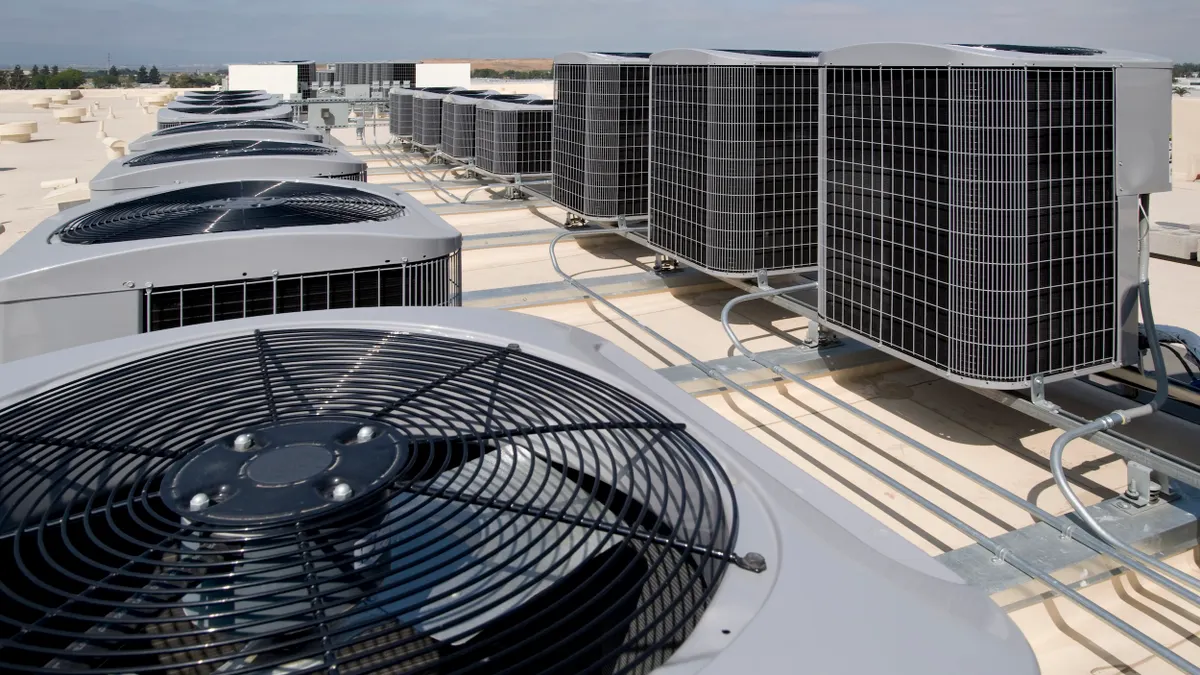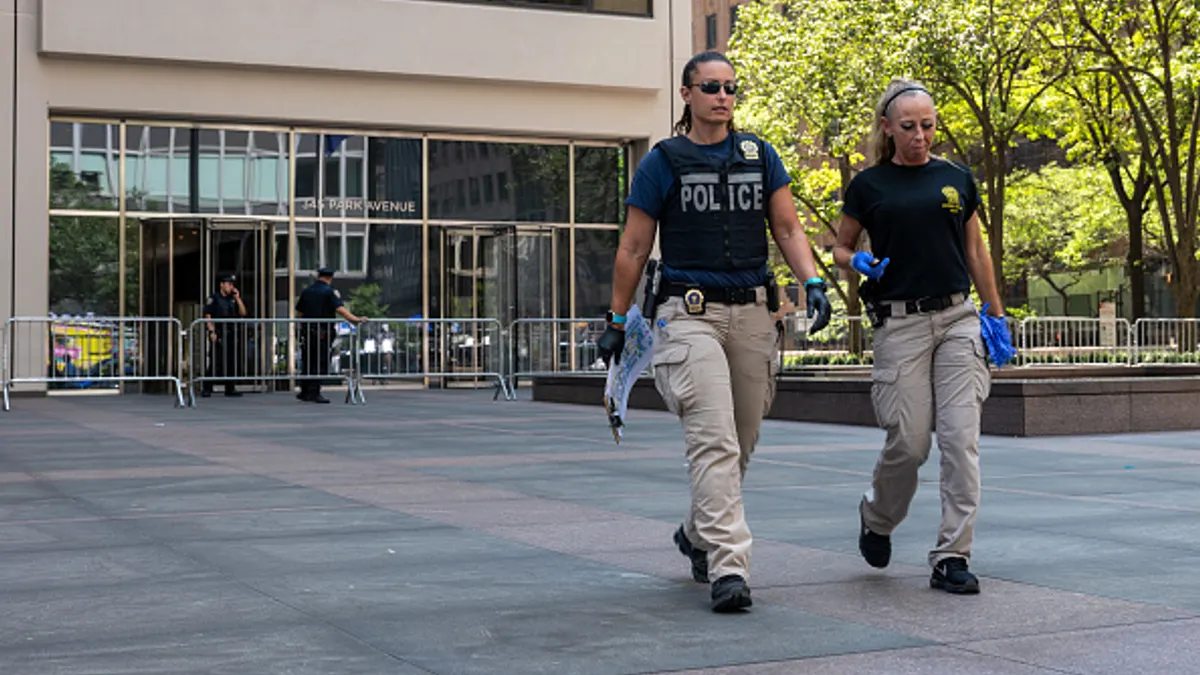Dive Brief:
-
State and local policymakers can address extreme heat and rising energy costs by adopting a “resilient cooling strategy,” according to a new report from the Federation of American Scientists.
-
The strategy the report outlines works across three interdependent systems — buildings, communities and the electric grid — to help residents maintain safe indoor temperatures and prevent power outages.
-
“This report essentially provides a menu of options and models that state and local leaders can use to get started on addressing this issue across all the systems that it touches on,” said Autumn Burton, FAS senior associate for climate, health and environment and a report author. “We already have the tools at our disposal, and this is an urgent issue that we could start to solve tomorrow.”
Dive Insight:
Since 1970, 97% of the 240 U.S. locations Climate Central surveyed say they have seen increases in the number of days when cooling is likely to be needed to maintain a safe indoor environment. Energy use associated with air conditioning is projected to increase more than any other end use in residential buildings through 2050, according to the U.S. Energy Information Administration.
“Extreme heat is the single most lethal weather-related hazard,” Burton said. “It kills more Americans every year than any other hazard. And for that reason, we need to make sure that cooling is recognized as a human right and, therefore, something that should be required in all households.”
The FAS report outlines five guiding principles for local policymakers: expand cooling access and affordability; make public health needs a driver of building codes, energy standards and energy planning; adopt policies that reduce reliance on high-emissions energy sources; promote solutions for grid resilience; and build a skilled workforce for resilient cooling.
For example, expanding cooling access and affordability could call for policy solutions like tax and utility rebates, incentives and grant programs, as well as measures that incentivize the private sector to invest in alternative energy technologies, Burton said.
“The idea here is that we will not only help to reduce extreme heat-driven illnesses and deaths, but also provide solutions that will help with economic development and workforce development while making sure a broader number of households, especially those who are heat-vulnerable, have access to alternative technologies and are able to afford their energy bills,” Burton said.







